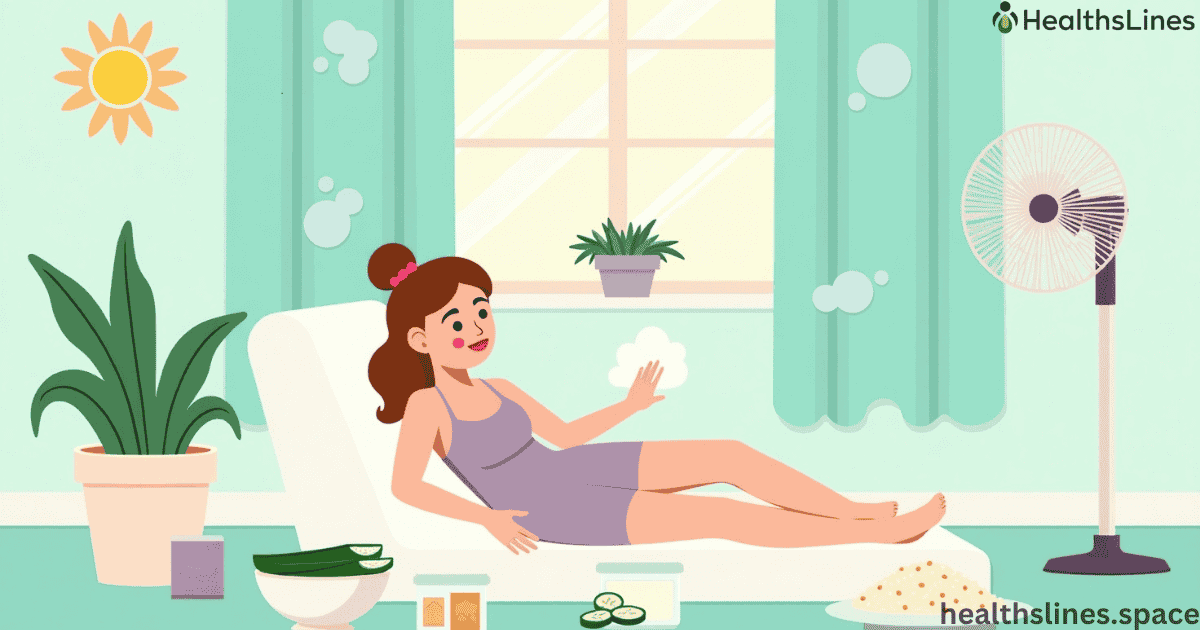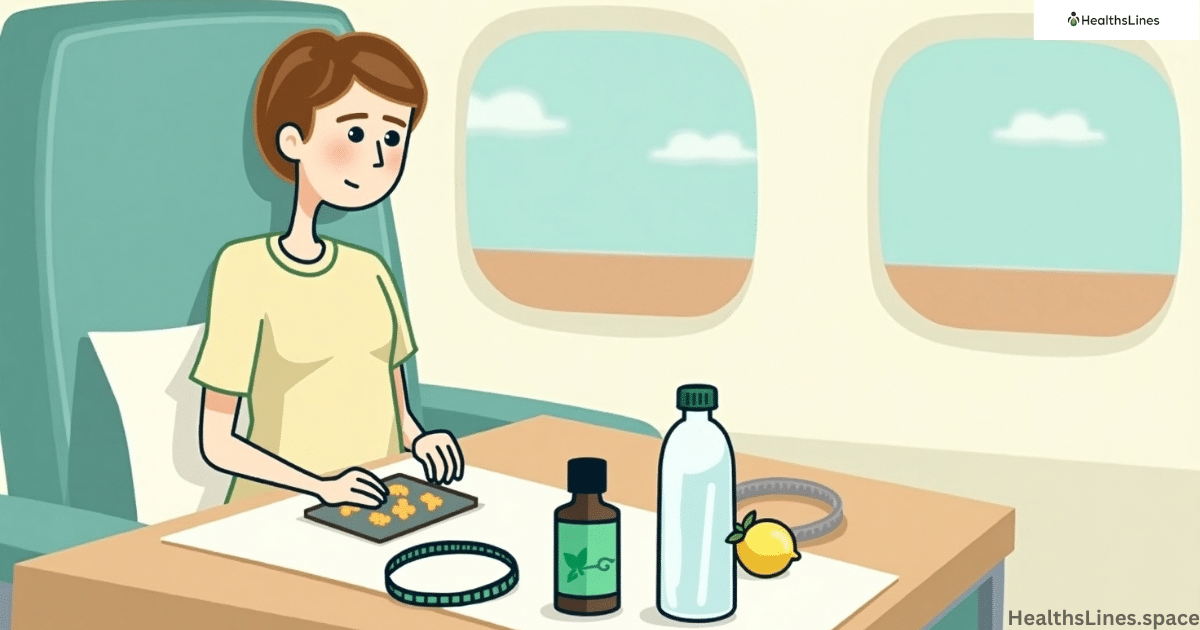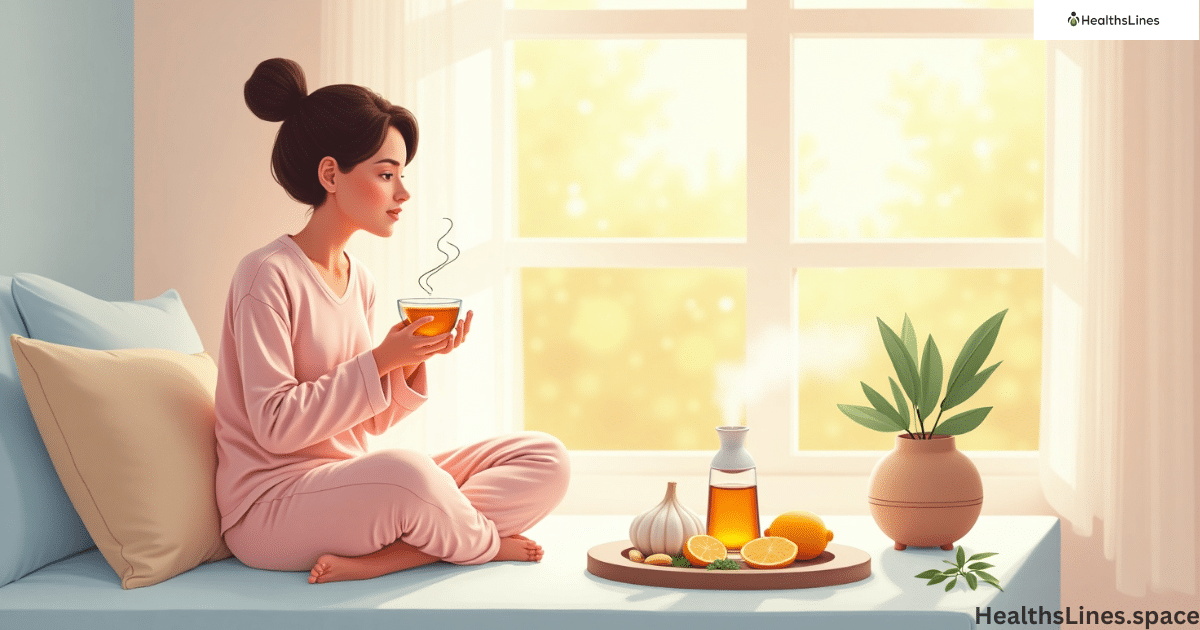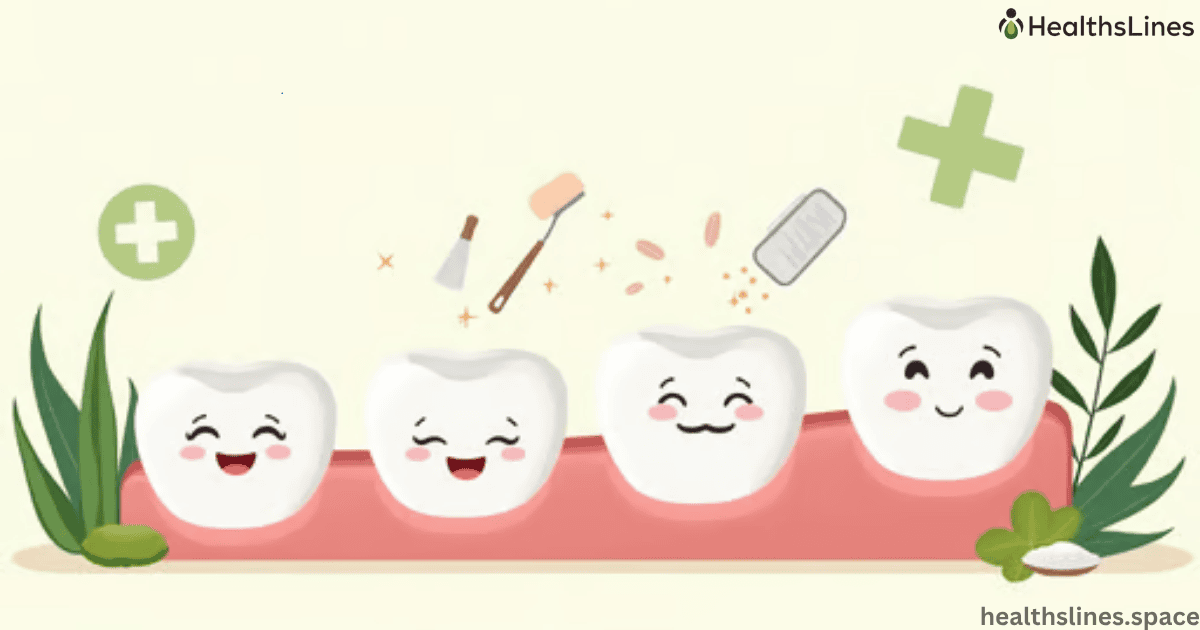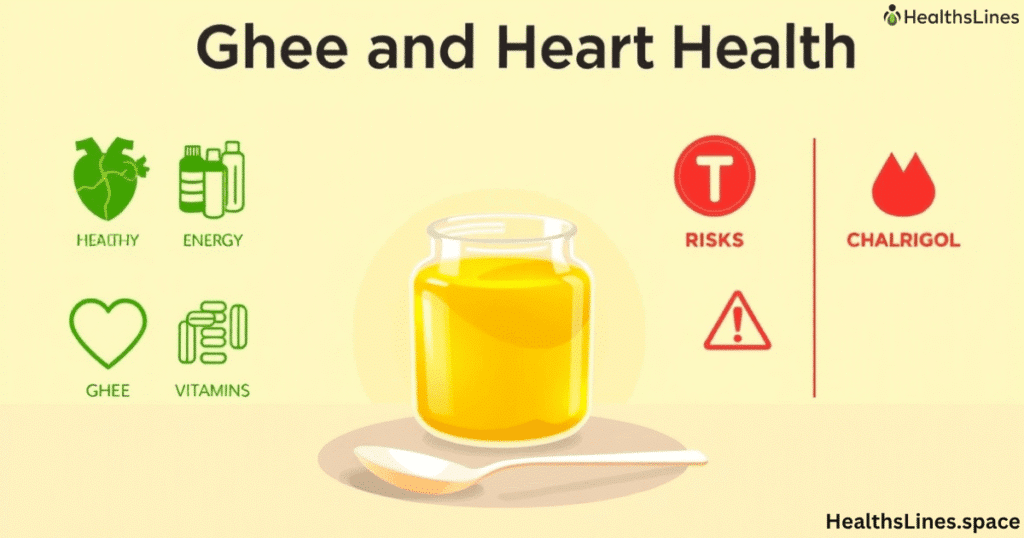Getting too much sun can leave your skin sore, red, and damaged. This is called sunburn, and it’s something many people face during the summer or while traveling. While prevention is always better, once sunburn happens, you need fast, effective relief. The good news is that there are several safe and simple ways to treat sunburn at home. These methods don’t just ease the pain—they also help your skin heal faster.
This guide will walk you through 9 effective ways to treat sunburn at home, based on research and dermatologist advice. We’ll also show you how to prevent sunburn in the future, how to repair your skin after sun damage, and when it’s time to get medical help. Whether you’re dealing with mild redness or painful blisters, these tips will help you feel better and heal faster.
Immediate Relief Methods
When you’re dealing with a sunburn, the first thing your skin needs is immediate cooling and comfort. Sunburn happens when the sun’s ultraviolet (UV) rays damage your skin cells. The quicker you respond, the better your skin can heal. One of the best first steps is to use cool water. A gentle cold shower or bath can instantly reduce the heat and ease pain. Avoid harsh soaps because they strip the skin of natural oils, worsening dryness. Another method is applying a cool compress, like a clean damp cloth, to the affected area. This helps reduce inflammation and soothes burning sensations. If you use a cloth, don’t press hard — let it rest gently against your skin.
One powerful sunburn home remedy is aloe vera for sunburn. It works because aloe has cooling, moisturizing, and anti-inflammatory properties. Whether it’s directly from the plant or in a natural gel form, apply it several times a day. Green tea compresses can also help. After brewing, cool the tea bags and place them on the sunburned skin. Green tea is rich in antioxidants and tannins that help calm irritated areas. Cucumber slices on sunburn can also reduce pain and swelling. Cucumbers contain water and natural vitamins that hydrate and refresh the skin. Lastly, don’t forget to wear breathable clothing for sunburn, such as loose cotton shirts. Tight clothes can irritate sensitive skin, while natural fabrics allow airflow, helping with healing. These steps won’t cure the burn instantly, but they provide effective and natural sunburn treatment that supports faster recovery while easing discomfort.
Soothing Remedies That Actually Work
For deep and lasting sunburn relief, natural remedies can make a real difference. These solutions don’t just cool your skin — they help with healing and reduce inflammation. One of the top options is an oatmeal bath for sunburn. Oatmeal contains special compounds called avenanthramides, which are powerful anti-inflammatories. Use colloidal oatmeal, a finely ground version that mixes well with water. Soak in the bath for 15 to 20 minutes, then gently pat your skin dry. This bath soothes itching and restores moisture.
Witch hazel for sunburn is another time-tested remedy. It’s known for its natural ability to tighten skin and reduce inflammation. Soak a cotton pad with witch hazel and lightly dab it on the burned areas. It reduces swelling and cools the skin naturally. Chilled tea bags — especially chamomile or green tea — are also effective. The antioxidants and tannins in tea help repair skin damage and lessen redness. Simply brew the tea, chill the bags, and place them gently over affected spots.
Another remedy involves the raw potato remedy. Slice a raw potato and rub the slices on the sunburned skin. The starch in potatoes draws out heat and reduces pain. This folk remedy might seem odd, but many people swear by its results. Cucumber slices on sunburn offer hydration and vitamins that soothe skin naturally. The combination of moisture and coolness helps reduce pain quickly. These remedies not only ease the discomfort, they work with your body to heal sunburned skin faster and more gently, without using harsh chemicals.
Hydration and Skin Repair
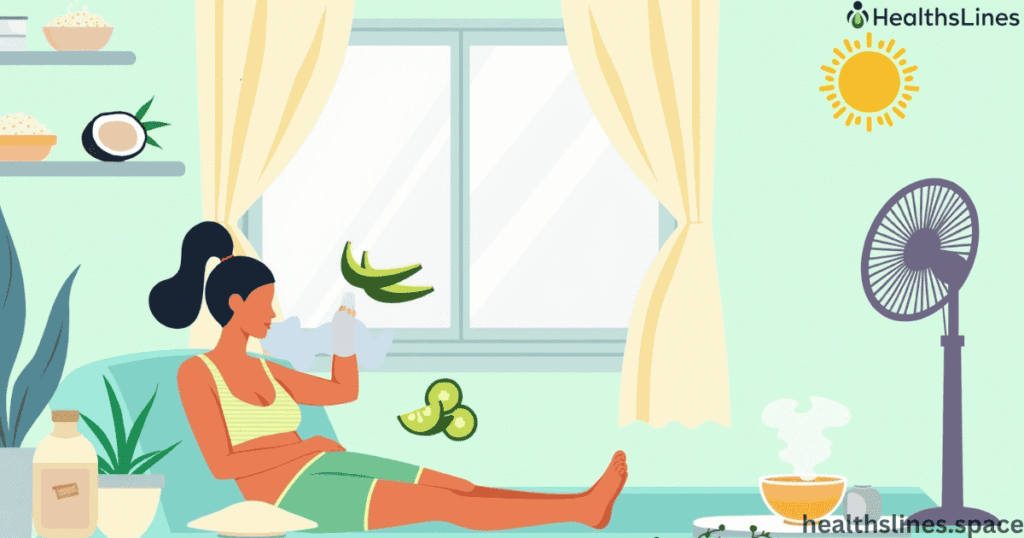
Drinking plenty of water is one of the most overlooked but essential steps in sunburn treatment at home. When your skin burns, it loses moisture rapidly. This internal dehydration can slow down healing. That’s why internal hydration is critical — it keeps your skin cells functioning well and speeds up repair. Aim to drink at least 8–10 glasses of water daily after sun exposure. Avoid alcohol and caffeine, as both can dehydrate your body and worsen the effects of sunburn.
Moisturizing sunburned skin is just as important as drinking fluids. Use a gentle moisturizer for damaged skin that contains healing ingredients like hyaluronic acid or aloe vera for sunburn. These keep the skin hydrated and help it recover faster. After every bath or shower, apply moisturizer while your skin is still damp. This locks in moisture and supports the skin barrier repair process. Stay away from heavy, petroleum-based creams, which can trap heat and delay healing.
You can also improve recovery by adding nutrients to your routine. Vitamin C for dark spots and niacinamide for sun-damaged skin can reduce long-term effects like hyperpigmentation and dullness. These nutrients support the skin’s ability to rebuild itself. Cooling the skin from the outside while nourishing it from the inside is the smartest way to heal. Together, proper hydration and the right skincare choices are among the best sunburn treatments for lasting relief and full recovery.
What to Wear While Healing
When your skin is healing, it’s sensitive to touch, heat, and friction. Choose soft, loose clothing made from breathable cotton. Tight clothes can rub against the burned skin and make it worse. Avoid synthetic fabrics—they don’t allow the skin to breathe and can trap sweat.
Also, stay out of the sun. Your skin is more vulnerable after a burn. If you have to go outside, wear long sleeves, a wide-brimmed hat, and UV-protective clothing. Skip makeup and harsh skin products. Don’t exfoliate or use acids like retinol until your skin is completely healed.
When to See a Doctor
Most sunburns heal on their own within a week. But some burns are serious and need medical care. If you have blisters covering a large area, high fever, chills, or signs of infection like pus or swelling, see a doctor. These may be signs of second-degree burns or sun poisoning.
If you’re feeling dizzy, nauseous, or extremely weak, you could also be dealing with heatstroke, which is a medical emergency. Don’t wait for it to go away on its own. Children and older adults are especially at risk and should be treated right away if they show any of these symptoms.
How to Prevent Sunburn Next Time
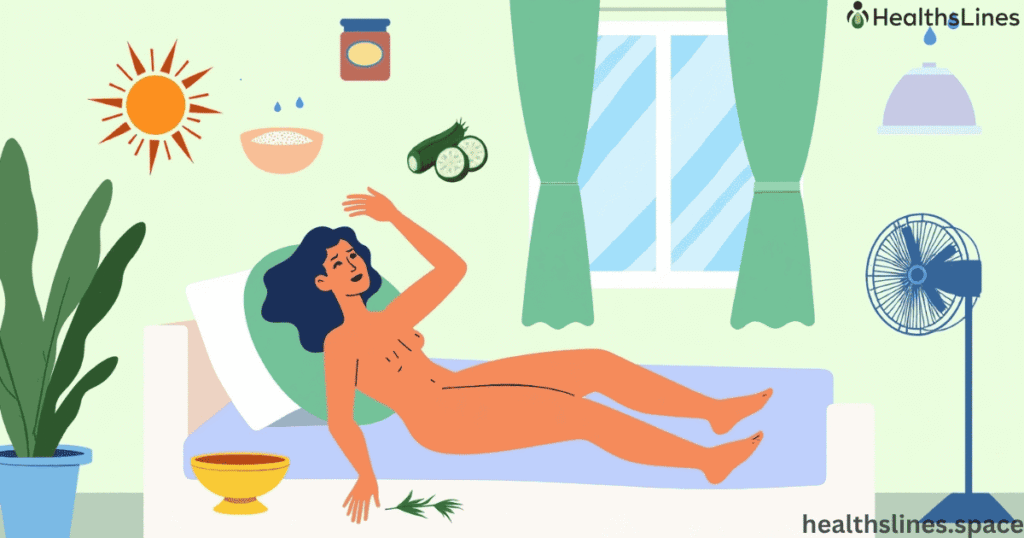
Prevention is simple but often skipped. Always wear broad-spectrum sunscreen with at least SPF 30. Reapply every 2 hours and after swimming or sweating. Physical sunscreens made with zinc oxide or titanium dioxide work instantly and are good for sensitive skin. Chemical sunscreens absorb UV rays and need 15 minutes to work.
You also need to protect yourself on cloudy days. Up to 80% of UV rays can pass through clouds. Surfaces like water, sand, and snow reflect sunlight and increase exposure. Wear UV-blocking sunglasses, lip balm with SPF, and stay in the shade during peak sun hours from 10 a.m. to 4 p.m.
Table: Sunburn Prevention Tips
| Prevention Tip | Details |
| Use SPF 30+ sunscreen | Apply 15 mins before sun, reapply every 2 hours |
| Wear protective clothing | Long sleeves, wide hats, UV-fabric |
| Avoid midday sun | UV rays are strongest between 10 a.m. and 4 p.m. |
| Use lip balm with SPF | Lips burn easily, protect them like your skin |
| Stay hydrated | Keeps your skin more resistant to sun damage |
Long-Term Skin Health After Sunburn
Repeated sunburns increase the risk of skin cancer, including melanoma. Even one bad burn in childhood can double your chances later. Sunburn also speeds up skin aging, causing wrinkles and dark spots. That’s why it’s important to repair the skin barrier after any sun damage.
Use gentle cleansers and avoid exfoliation until the skin is fully healed. Moisturize daily, and add products with niacinamide or vitamin C to help with pigmentation. If you have lasting redness or sensitivity, visit a dermatologist. They may suggest treatments like prescription creams or laser therapy to repair damaged skin.
Conclusion
Getting sunburn can be painful, but the right home treatments can ease discomfort and help your skin heal faster. Start with cooling your skin, applying aloe vera, and using soothing natural remedies like green tea and colloidal oatmeal. Hydration, both inside and out, is key to recovery. Choose the right clothes, avoid sun exposure during healing, and know when to seek medical care if symptoms are severe.
The best treatment, though, is prevention. Use proper sun protection daily, even on cloudy days. Avoid peak sun hours and protect your skin with clothing, hats, and sunscreen. If you make these steps part of your routine, you’ll not only avoid sunburn—you’ll also keep your skin healthy for years to come.
By treating sunburn properly at home and taking steps to prevent future burns, you give your skin the best chance to stay smooth, healthy, and youthful.
